What caused plane crash in South Korea? Pilots have their theories
An attempted emergency landing of Jeju Air Boeing 737-800 may have come after the flight was hit by a bird strike, aviation experts suggest.
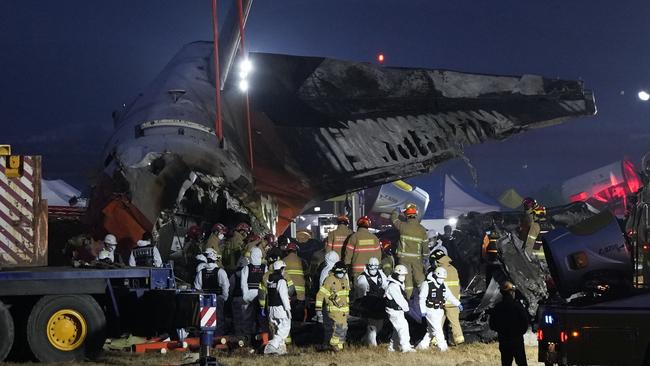
The Jeju Air jet appears to have lost power on at least one engine and suffered a hydraulic failure following a reported bird strike, airline pilots said in initial reactions to the South Korea disaster that left 179 dead.
The partial breakdown apparently forced the pilots to turn and land quickly with undercarriage and wing flaps retracted, analysis suggests.
Images and data leading up to the crash raise puzzling questions about the airliner’s configuration as it touched down on runway 19 at Muan airport, which runs north-south, before colliding with the concrete-reinforced array of antennae for the instrument landing system.
The Boeing 737-800 jet was making a normal approach with flaps extended. It was close to landing in the opposite direction, when its automatic data transmissions stopped at about 900 feet (274m) above the ground 1.5 miles (2.4km) from the airport.
The data feed failure came as the crew declared an emergency apparently after hitting birds causing a power loss on the right engine. They abandoned the landing and began to go around for a fresh approach. They would have retracted the flaps and landing gear while going around for this second attempt.
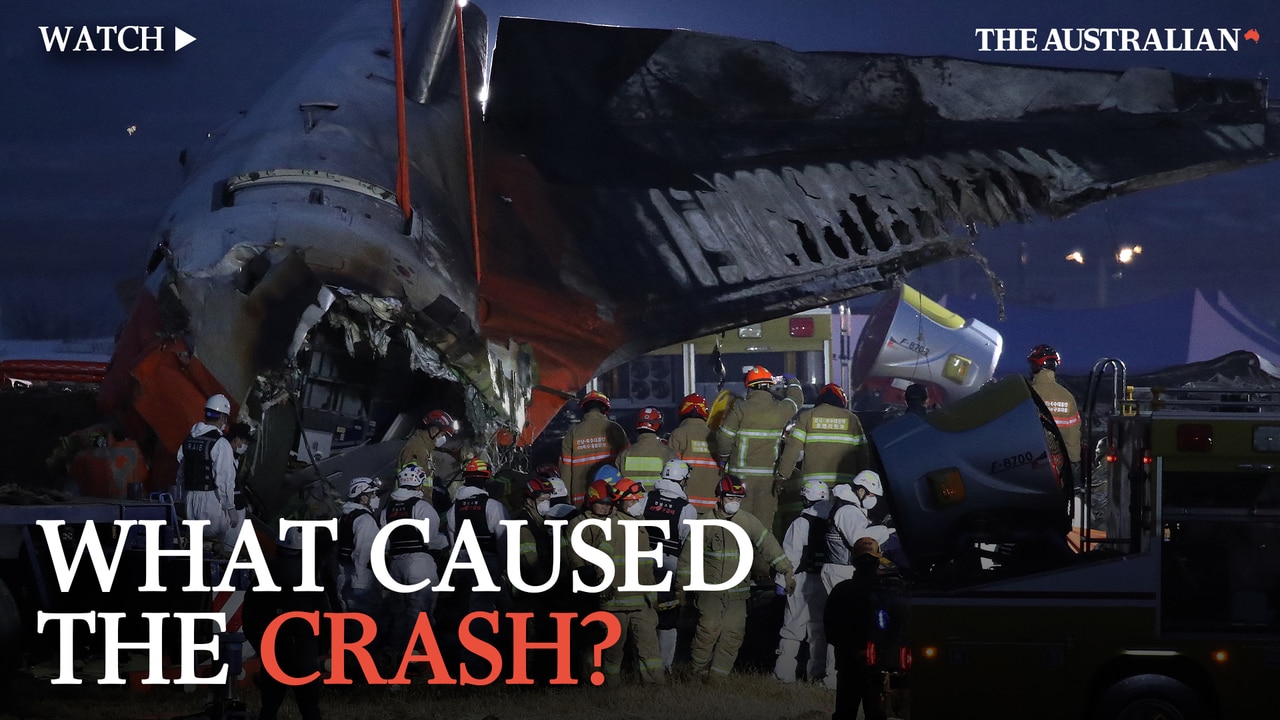
The pilots chose to land in the opposite direction on the same, relatively short runway. The aircraft came in fast, without deployment of the flaps and speed brakes that would normally slow it down. The flaps and landing gear are powered by the hydraulic system though the gear on the 737 can be extended manually in an emergency. It made a gentle touchdown on its engines and belly about halfway down the runway. Video showed that the door to the nose wheel housing was not open. The thrust reverser on the right engine, used to slow the plane once on the ground, was visibly deployed but not on the left.
Pilots assumed that there had been at least a partial failure in the aircraft’s three hydraulic systems, preventing it from using its flaps and lowering the undercarriage normally. The pilots could have used the emergency system to extend the landing gear manually using gravity but there may not have been enough time for the procedure.
Captain Denys Davydov, who flies the Boeing 737-800 for Ukraine International Airlines, said: “It seems they had hydraulics to deploy the one reverser but no flaps or landing gear … As a pilot of the same plane, it’s very strange.”
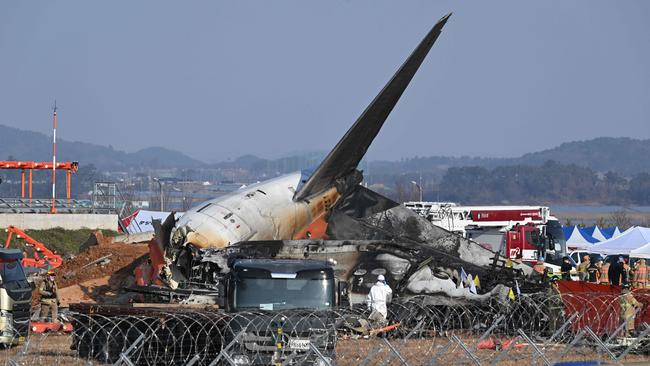
On aviation channels, pilots speculated on the aircraft’s failure to slow down more quickly, with some suggesting that one or both the engines could have been producing power as it skidded along the runway. In 2020, a Pakistan International Airlines Airbus crashed in Karachi when the pilots took off again after inadvertently landing without the undercarriage extended.
Once down, the pilots would have had no directional control, Davydov said on his closely followed YouTube channel. He blamed the severity of the crash on the position of the concrete antennae base close to the end of the runway.
Air crashes have also been caused by fractured fan blades and other engine parts severing hydraulic lines. The most famous involved United Airlines flight 232, which crash landed near Sioux City, Iowa, in 1989 after total hydraulic failure.
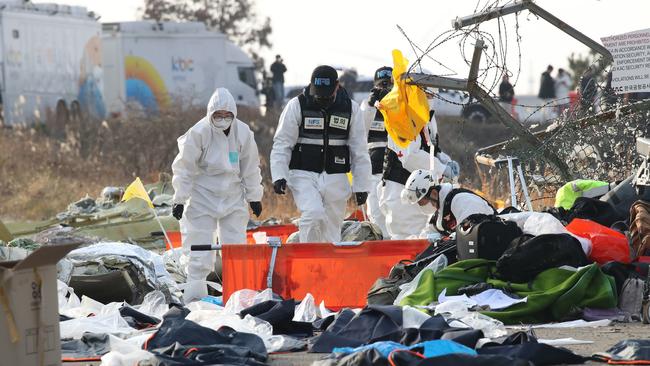
The Boxing Day crash landing of an Azerbaijani Embraer jet in Kazakhstan has been blamed on hydraulic failure caused by a Russian missile over Grozny.
Jet engined aircraft have always been vulnerable to birds just after take-off or on approach to landing as well as on the runway. Engines have been stopped but there are few cases of birds causing such destruction to an engine that control systems have failed.
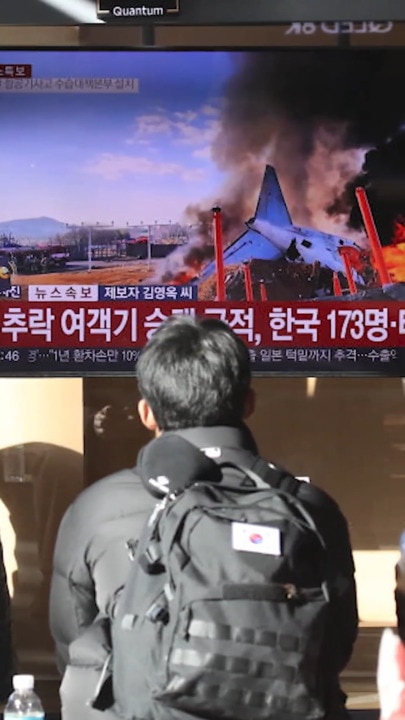
Geoffrey Thomas, editor of Airline News, said: “A bird strike is not unusual, problems with an undercarriage are not unusual. Bird strikes happen far more often, but typically they don’t cause the loss of an aeroplane by themselves.”
In the best-known bird incident, in January 2009, Captain Chesley “Sully” Sullenberger safely glided his USAir Airbus to a safe landing on the Hudson river in New York City after losing both engines after colliding with geese. In that incident, all the flight controls and flaps on the aircraft continued working.
The Times


